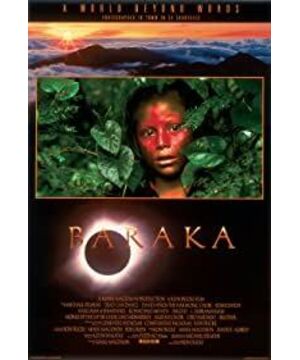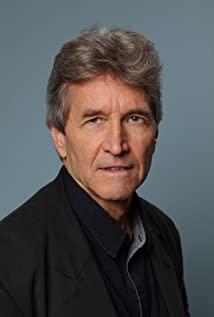A cry from the depths of the soul---Analysis of "Heaven and Earth Xuanhuang" "Who are we? Where do we come from? Where are we going to return?" The film "Heaven and Earth Xuanhuang" is directed by director Ron Frick. A documentary about humanity and nature. The director focused the camera's perspective on the sky and the earth, constantly intersecting between nature and city, disorder and civilization. Using diversified narrative modes and relaxing audio-visual elements, it depicts a picture of the connection between religion, humanities, nature, astronomy, life and other aspects. The discussion with the meaning of life is nuanced. 1. Narrative mode: a unique narrative mode. The film adopts a diversified narrative mode. The narrative objects can be divided into two categories: nature and humanities, and then divided into religions, wars, life, astronomy, and geographic landscapes. Soon after the opening, a religious sacrificial image full of ritual sense, the peaceful and broad expression, mumbled religious terms, and the environment surrounded by incense, instantly draws the audience into the spiritual world of religion; then the director focuses the lens on modern urban life In the scene, Japanese production rooms, high-rise buildings, waiting stations, and sidewalks are cross-contrasted with the rhythm of modern life and the rhythm of tribal religious life, giving people a certain space for thinking. The film’s narrative strategy adopts a fragmented form. The director filmed the natural landscapes and cultural customs of dozens of countries on six continents, organized and integrated them through the connection between the shots and the setting of music, and finally merged them into one. A landmark documentary. 2. Lens language: calm and heavy lens language The overall style of the film is thicker, and the shooting objects are roughly divided into two types: natural style and urban style. The director uses pan and shift to shoot long shots. The slow movement of the lens makes the film The rhythm is relatively slow, but it also allows the audience to fully enter it and perceive the artistic conception that the creator wants to express. Among them, when photographing a Shiva with long hair and dreadlocks who teach a holy monk praying, the camera slowly pans up to his face, quiet and heavy, quietly reading the holy book, a breath of religious belief Coming at you. In addition to the slow and long shots, the film also uses time-lapse photography in the shooting technology. The city’s traffic and the laws of nature are recorded by overhead or upward shooting. The director sighs the passage of time and expresses it at the same time. He has a sense of awe for nature. three. Detail portrayal: The combination of truthfulness, objectiveness and artistic conception is very important for documentaries, and the detailed portrayal with deep meaning will make the film reach a higher level. The most venerable scene in the film is the frontal shot of the characters, fixed long-lens photography, there are chiefs, holy monks, believers, tribal residents, etc., a sense of sight gazing at you spontaneously, from them In his eyes, we depend on the ability to communicate with them in the spiritual world, and the director’s meticulous setting, so as to bring the audience into the mood. As the most poetic part of the film, the details are not only in presenting natural features and humanistic customs, but also in the sound everywhere. For example, the film does not have a commentary, but through the soundtrack of the music, it gives people a kind of The beauty of artistic conception gives the audience more room for thinking. The soundtrack in the film is mostly simple and ethereal, coupled with the slow shot, so that the rhythm of the film is more relaxed, the real reproduction of the subject also gives the film an artistic conception. This documentary filmed in the twentieth century uses lens to show us the diversity of the world. The star-shifting natural landscape, the mysterious religious culture, and the vision of modern life make us marvel at this, but also comprehend some philosophy of life from it. It is a good film of spiritual baptism.
View more about Baraka reviews








